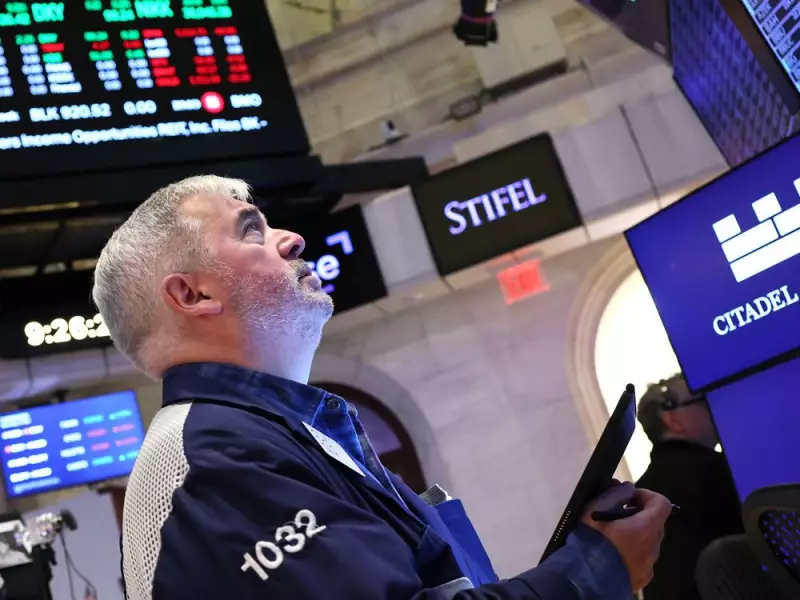
Concerns from investors regarding the enormous sums being poured into artificial intelligence by Silicon Valley's largest companies have now rippled into the bond market, triggering a sell-off of debt issued by major tech firms.
The Data Behind the Debt Sell-Off
A specific basket of bonds from hyperscalers—companies like Alphabet Inc., Meta Platforms Inc., Microsoft Corp., and Oracle Corp. that are constructing vast data centre networks—has come under significant pressure in recent weeks. According to data from Bank of America, the spread, which is the extra yield investors demand over safer U.S. Treasuries to hold this debt, has widened sharply.
This premium has climbed to 0.78 percentage points, marking the highest level since the market volatility induced by Donald Trump's tariff plans in April. This is a notable increase from just 0.5 points observed in September.
Financing the Multi-Trillion Dollar AI Boom
The widening bond spreads highlight growing unease about how technology giants are turning to debt markets to fund their aggressive investments in AI infrastructure. Brij Khurana, a fixed income portfolio manager at Wellington Management, stated, “The important thing the market woke up to in the past two weeks is that it’s the public markets that are going to need to finance this AI boom.”
This sentiment was echoed by JPMorgan, which asserted on Monday that building the necessary AI infrastructure will cost more than US$5 trillion. The bank noted this endeavour “will likely require participation from every public capital market as well as private credit, alternative capital providers and even government involvement.”
The sheer scale of this investment has sparked worries about potential overcapacity, long-term profitability, and the immense energy demands of these new data centres. Google, Amazon.com Inc., Microsoft, and Meta are projected to spend over US$400 billion on data centres in 2026, following more than US$350 billion this year.
A Surge in Tech Debt Issuance
Despite sitting on substantial cash reserves, tech giants are rapidly issuing new debt to fuel their AI expansion. This has led some investors to fear a strategic shift towards higher leverage levels. JPMorgan analysts pointed out that while the hyperscalers collectively hold about US$350 billion in liquid cash and investments and are expected to generate roughly US$725 billion of operating cash flow in 2026, a significant amount of new debt is still entering the credit markets.
This trend is evidenced by recent blockbuster debt offerings:
- Meta secured a US$27 billion private debt deal in October for its “Hyperion” data centre in Louisiana and followed with a US$30 billion bond deal at the month's end, the largest corporate bond deal since 2023.
- Alphabet sold US$25 billion of bonds in early November, with US$17.5 billion raised in the U.S. and US$7.5 billion in Europe.
- Oracle has also been active in the debt markets with major offerings.
The market is now closely watching whether the returns from the AI revolution will justify this historic level of capital expenditure and associated debt.





